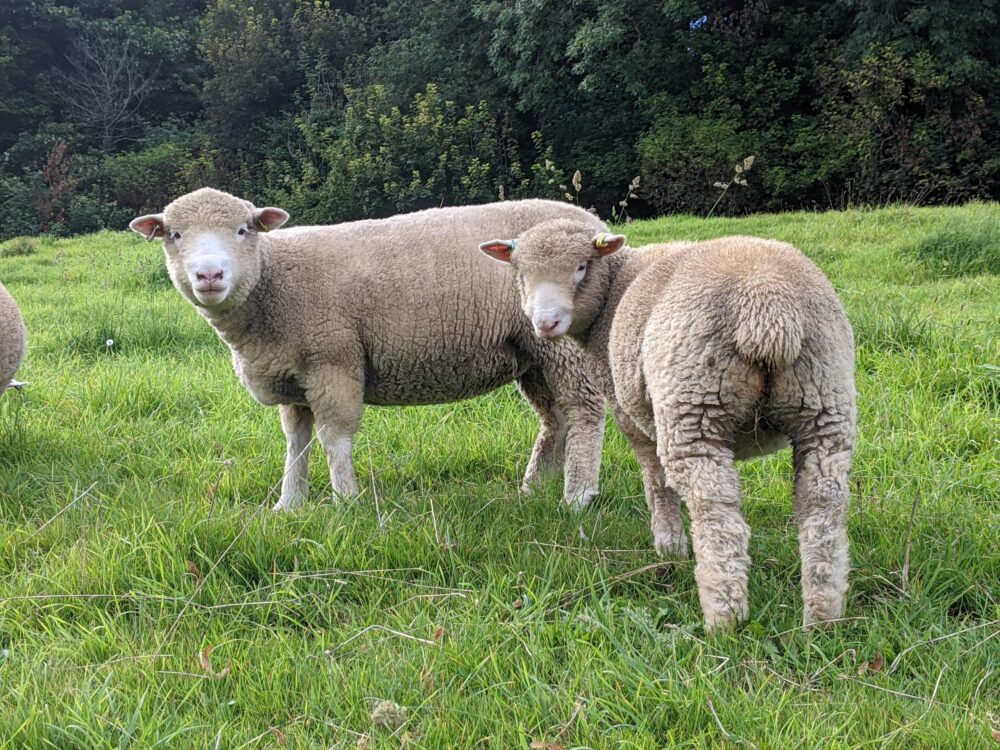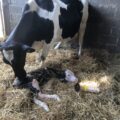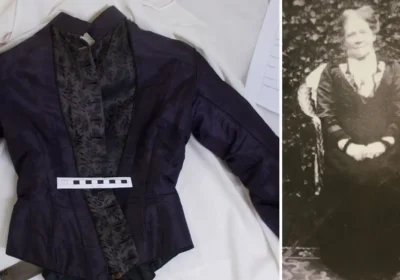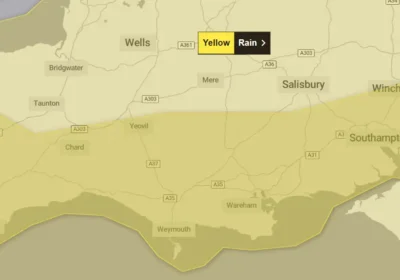by Tria Stebbing
Never a dull moment in the field. The hedgerows have provided, and I have large quantities of blackberry jam as well as a freezer full of sloes, an incredible yield this year.
The sheep are enjoying the drier weather, although we have been plagued by flies again, causing what we think is sweet itch in one of the ewes’ ears. We watched the last of the swallows swooping relentlessly over their heads. It was an amazing sight, yet sad as we realised it was the last-minute feed before they left for warmer climes.
We are preparing to lamb the new girls. We have no expected due date as we bought them already pregnant but have some idea of when the ram went to them. New to this breed, we hope it is as easy as our rare breed ewes have made it for us. We need to decide where to lamb as we are still running the sheep across summer grazing paddocks. The preference would be back at the field so they can enjoy the luxury of the field shelter. They are due in November from the middle of the month onwards, so fingers crossed the weather stays mild.
The pond is next on the list of things to do.
The bulrushes, also known as great reedmace, have taken over and are a job and a half to keep on top of. They are vigorous and dense, a nightmare to pull out and grow from both seed and stem or root fragments, either of which spread rapidly.
Over half the pond is now covered by these beauties and they are in danger of choking the entire site. Time to get the waders out and get pulling.
We choose not to use pesticides in the pond as we have abundant wildlife both in and around. The last few winters have seen them just go brown and not die back. We will leave some as the moorhens use them as cover when nesting.
British summertime is coming to an end – a practice bought in to give farmers more light in the mornings during WW1. Before we know it the snow will be here. Personally I can’t wait for the frosty mornings to return, at least it keeps the mud away!












Leave a Reply